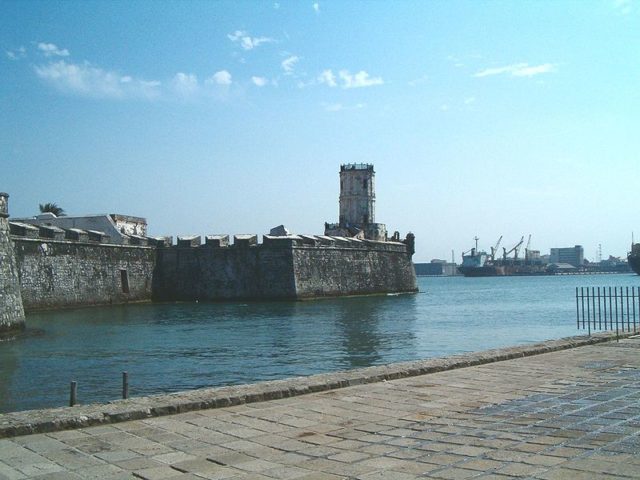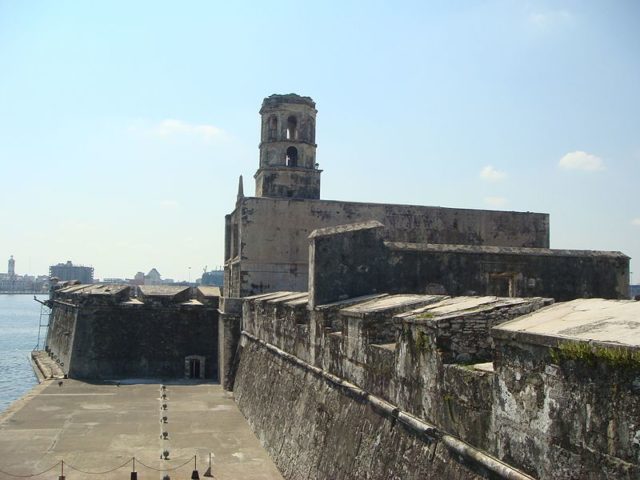The foundations of San Juan de Ulúa were laid in 1535 under the watchful eye of Antonio de Mendoza. Located in the Gulf of Mexico, fairly close to the port of Veracruz, it would become one of Mexico’s most feared structures.
In 1535, during the early days of the colonization of the New World, Antonio de Mendoza’s main goal was to erect a fort that would withstand the mightiest of attacks and even the hand of time. The mortar was enriched with turtle eggs and shells from oysters.

It was impenetrable and considered at the time to be highly advanced. The island on which it sits was first discovered in 1518 by the Spanish conquistador Juan de Grijalva, who gave it its name.
Given its strategic location and strength, the fort became one of the key ports to access the New World as well as a crucial link in the defense network.

It kept its high status for three centuries, supporting the logistics of the Spanish Empire whose wealth at the time was beyond comprehension. It served as a repository for much of these treasures.
According to researchers, the architectural and engineering feat of the fort’s construction claimed the lives of countless slaves, most of which were indigenous people. Its history is filled with battles and it was captured and re-captured a number of times. One of the first attacks took place in 1568, by the celebrated English navigator Francis Drake.

From that point on, it went through numerous ups and downs. In 1683, the defensive system was once more put to the test. This time, it failed and the fort was captured by Lorenzo Jácome. The Spanish managed to keep hold of it until 1825 when it was given to Mexican general Miguel Barragán, four years after Mexico declared its independence.

A decade after the Spanish were expelled, the French attacked the fort and managed to capture it. During this period, a section was used as a prison and a great portion of the inmates were politicians who were once an active part of the Mexican political scene.

The prison was a dreadful place. It was hugely overcrowded, filled with hundreds of people cramped inside claustrophobic cells, and was very unsanitary. There were no uniforms; the prisoners wore the same clothes they were wearing when they were arrested.

Some parts of the prison had no toilets. All of the prisoners were sick, some from serious diseases such as tuberculosis. It was filled with rats and fleas.

When the US Army captured the fort in 1914 and learned about the prison conditions firsthand, they released some of the prisoners and transferred the rest to other jails.
An extensive clean-up project was then launched, which took many man-hours and thousands of pounds of sulfur. After this, the dungeon-like cells of this Mexican Alcatraz were closed forever.

For a period, the fort was used by the US Army but was subsequently closed and abandoned. It remained that way until renovations were carried out in the late 20th century.
Today, there is a museum on the site to share San Juan de Ulúa’s story. Anyone who wishes to learn more can visit the empty dungeons where stalactites hang down from the ceiling, adding to the already uncanny atmosphere. It is a favorite destination for all who come to visit the city of Veracruz.
